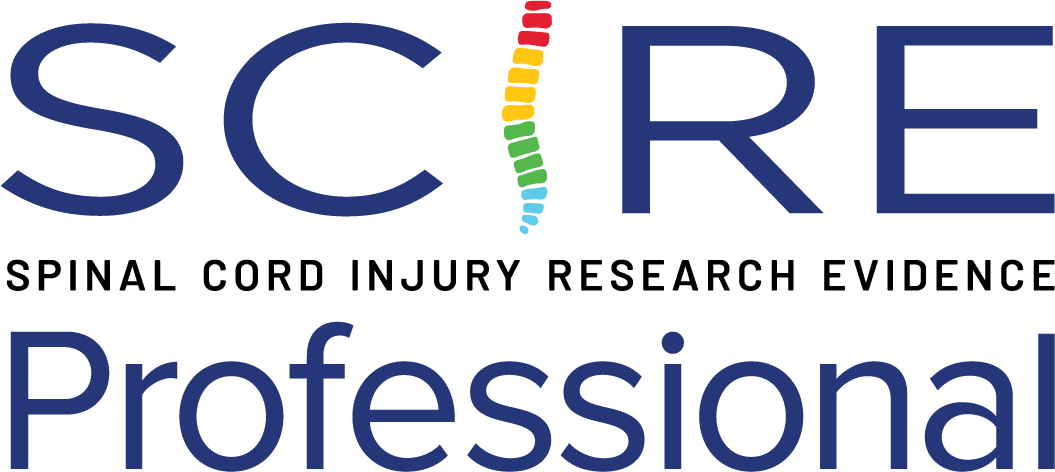# of studies reporting psychometric properties: 1
Interpretability
- Higher scores indicate greater affirmation of the domain. So, higher scores on the personal growth scale indicate more positive emotional consequences of the SCI and higher scores on the helplessness or intrusion scale indicate more negative emotional consequences.
- Typical values: Mean scores of SCL-EWQ subscales:
- Personal Growth = 2.61
- Helplessness = 2.06
- Intrusion = 2.07
(Elfstrom et al. 2002: n=274 with SCI, 204 males; ASIA A-D; tetraplegia and paraplegia; median time since injury (range): 7 (1-41) years)
MCID: not established in SCI
SEM: not established in SCI
MDC: not established in SCI
Reliability – Moderate to High
Internal consistency for the SCL-EWQ subscales is:
- High for the Helplessness subscale (Cronbach’s a = 0.84)
- High for the Intrusion subscale (Cronbach’s a = 0.86)
- Moderate for the Personal Growth subscale (Cronbach’s a = 0.75).
(Elfstrom et al. 2002: n=274 with SCI, 204 males; ASIA A-D; tetraplegia and paraplegia; median time since injury (range): 7 (1-41) years)
Validity – Low to High
Correlation between SCL-EWQ subscales is (with correlation direction (positive/negative) as expected):
- High for Helplessness & Intrusion (Pearson’s r = 0.63)
- Low for Helplessness & Personal Growth (Pearson’s r = -0.30)
- Low for Intrusion & Personal Growth (Pearson’s r = -0.23)
(Elfstrom et al. 2002: n=274 with SCI, 204 males; ASIA A-D; tetraplegia and paraplegia; median time since injury (range): 7 (1-41) years)
Responsiveness
No values were reported for the responsiveness of the SCL-EWQ for the SCI population.
Floor/Ceiling Effect
No values were reported for the presence of floor/ceiling effects in the SCL-EWQ for the SCI population.
Reviewers
Dr. Carlos L. Cano-Herrera, Tyra Chu
Date Last Updated
31 December 2024
